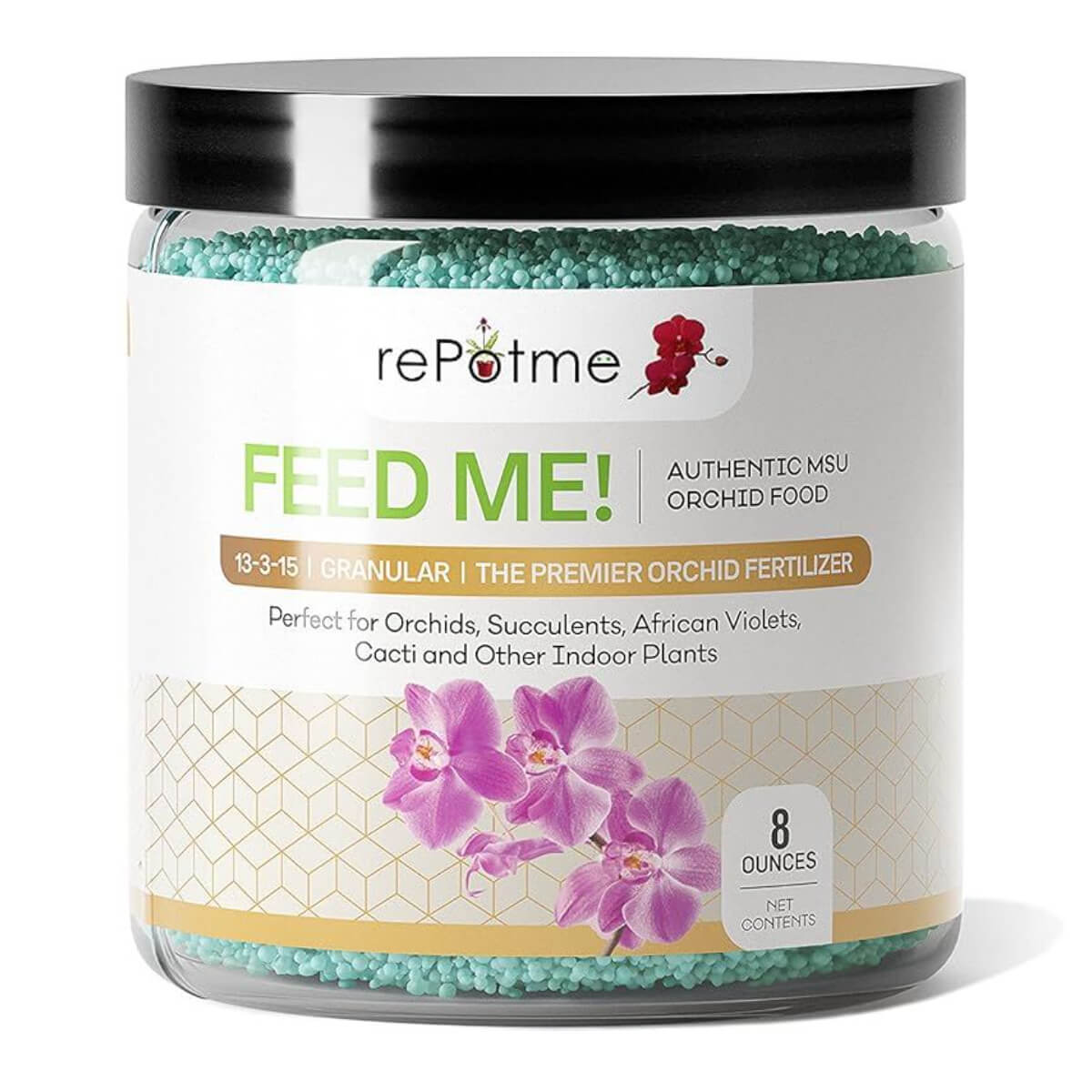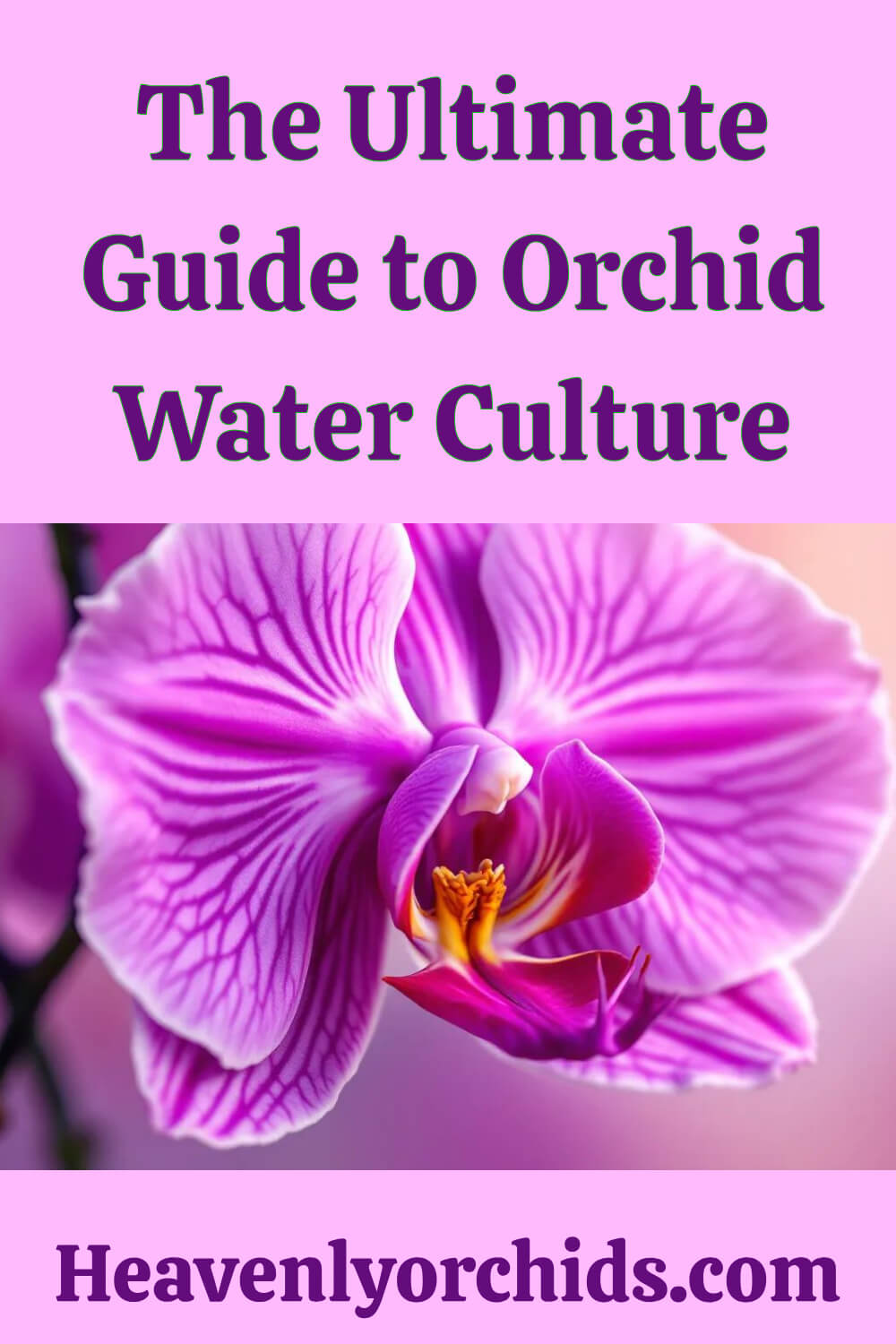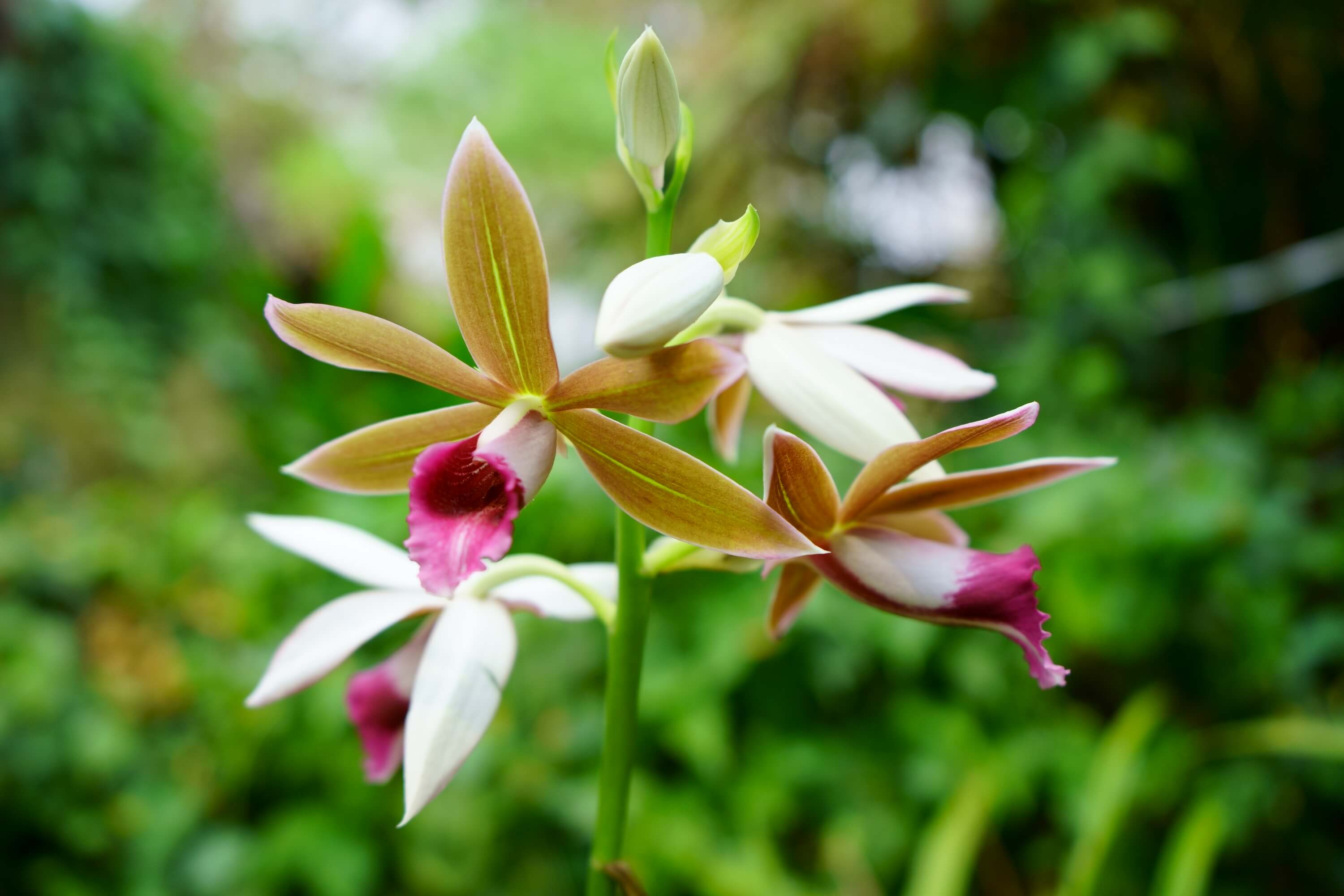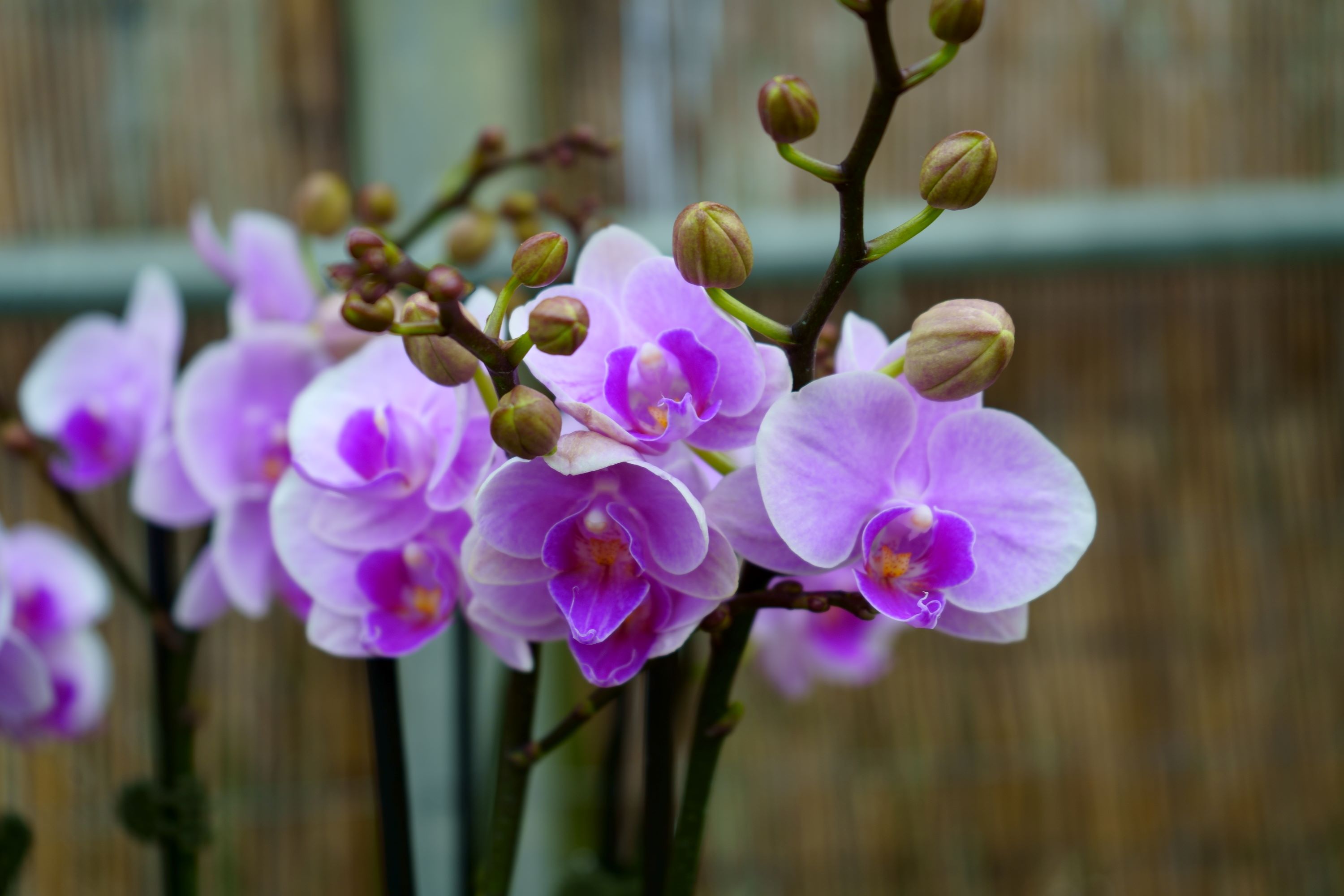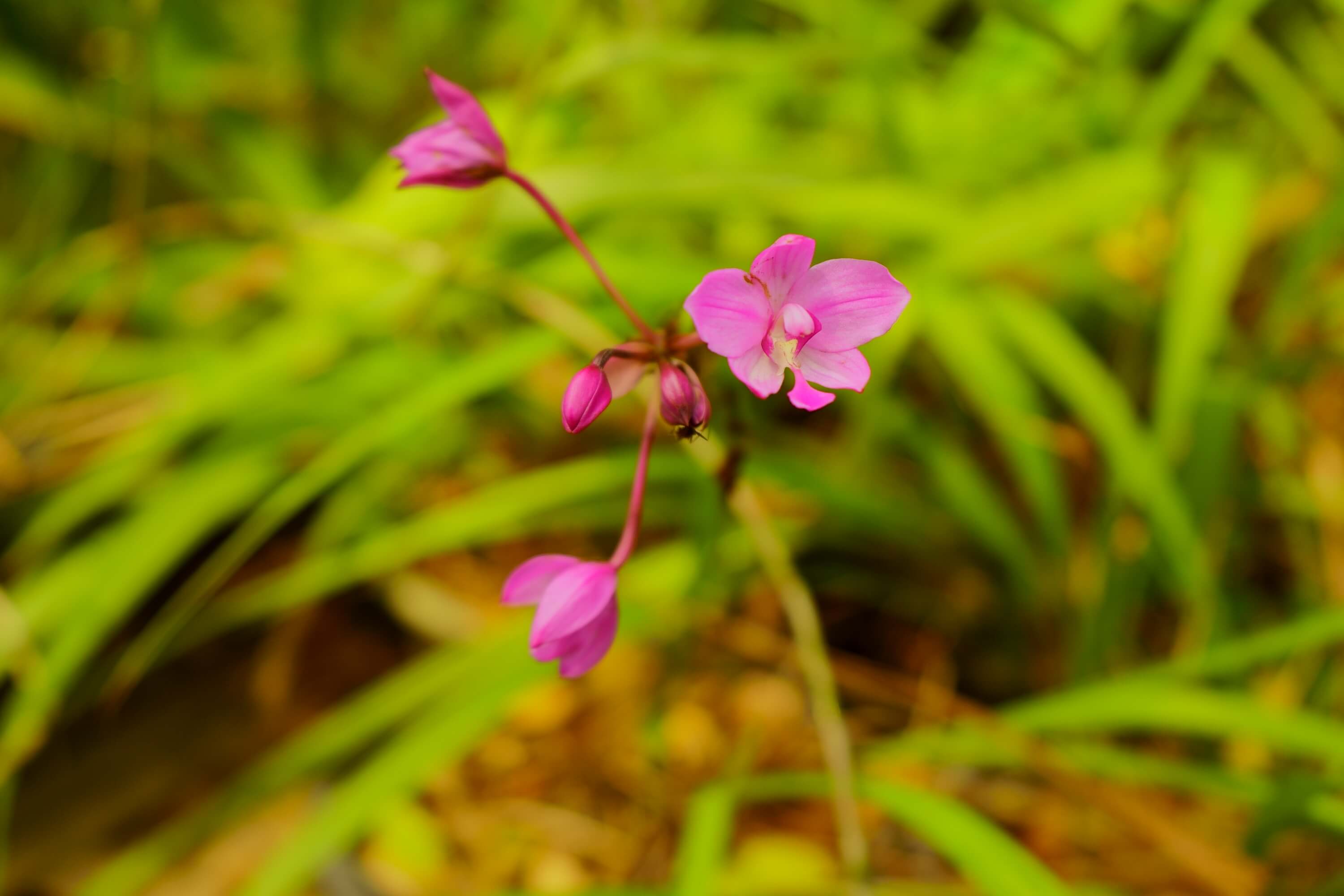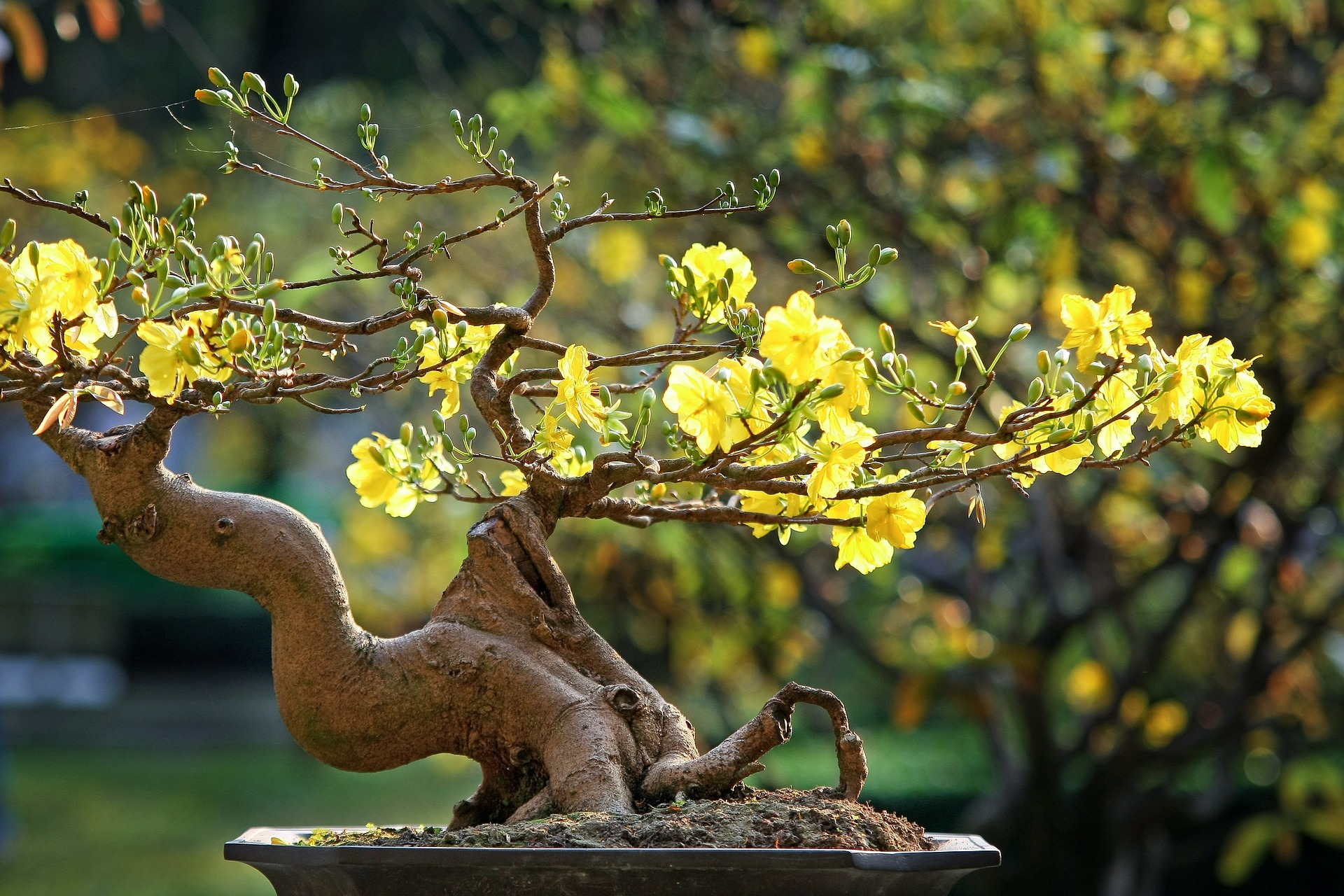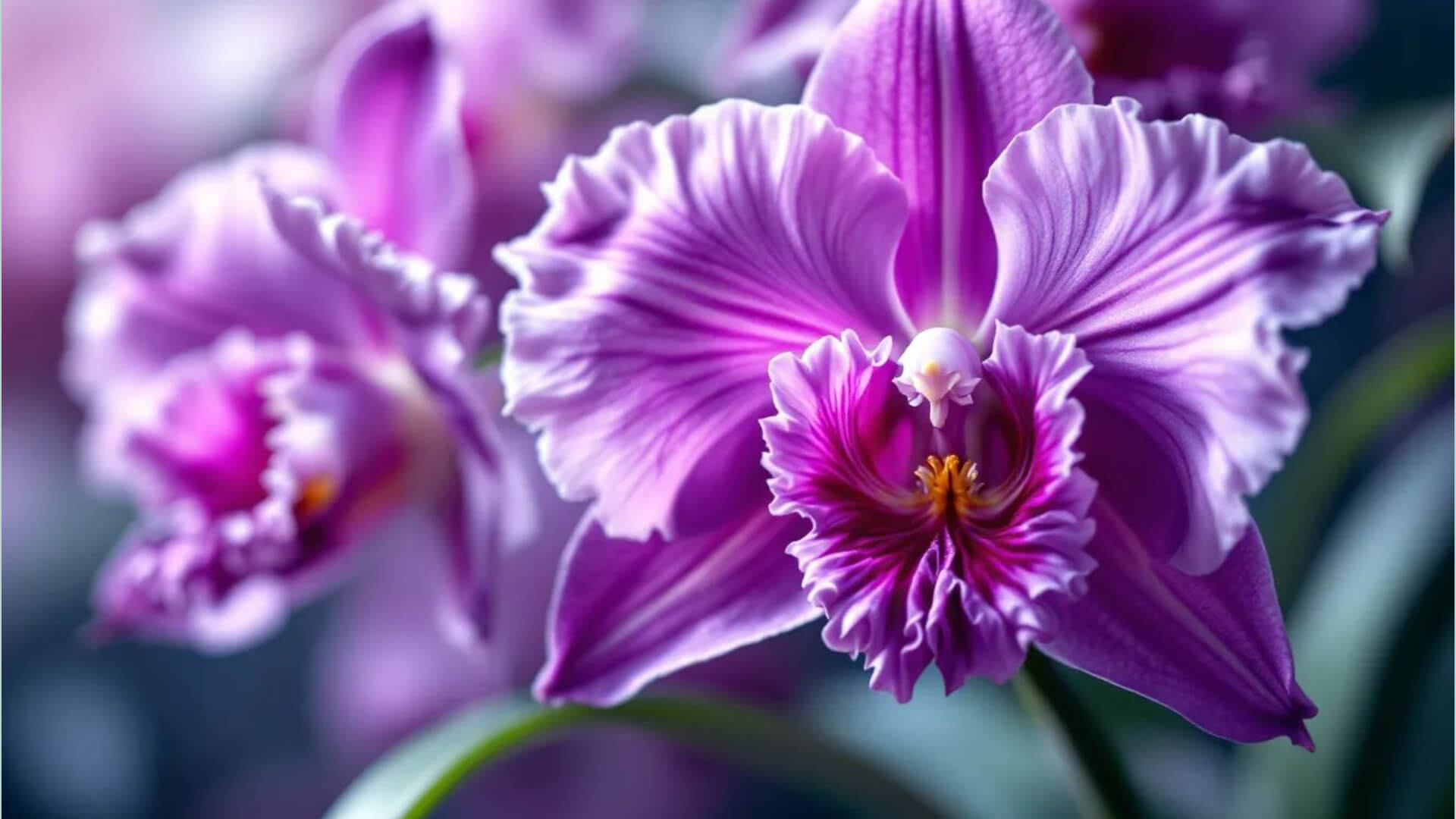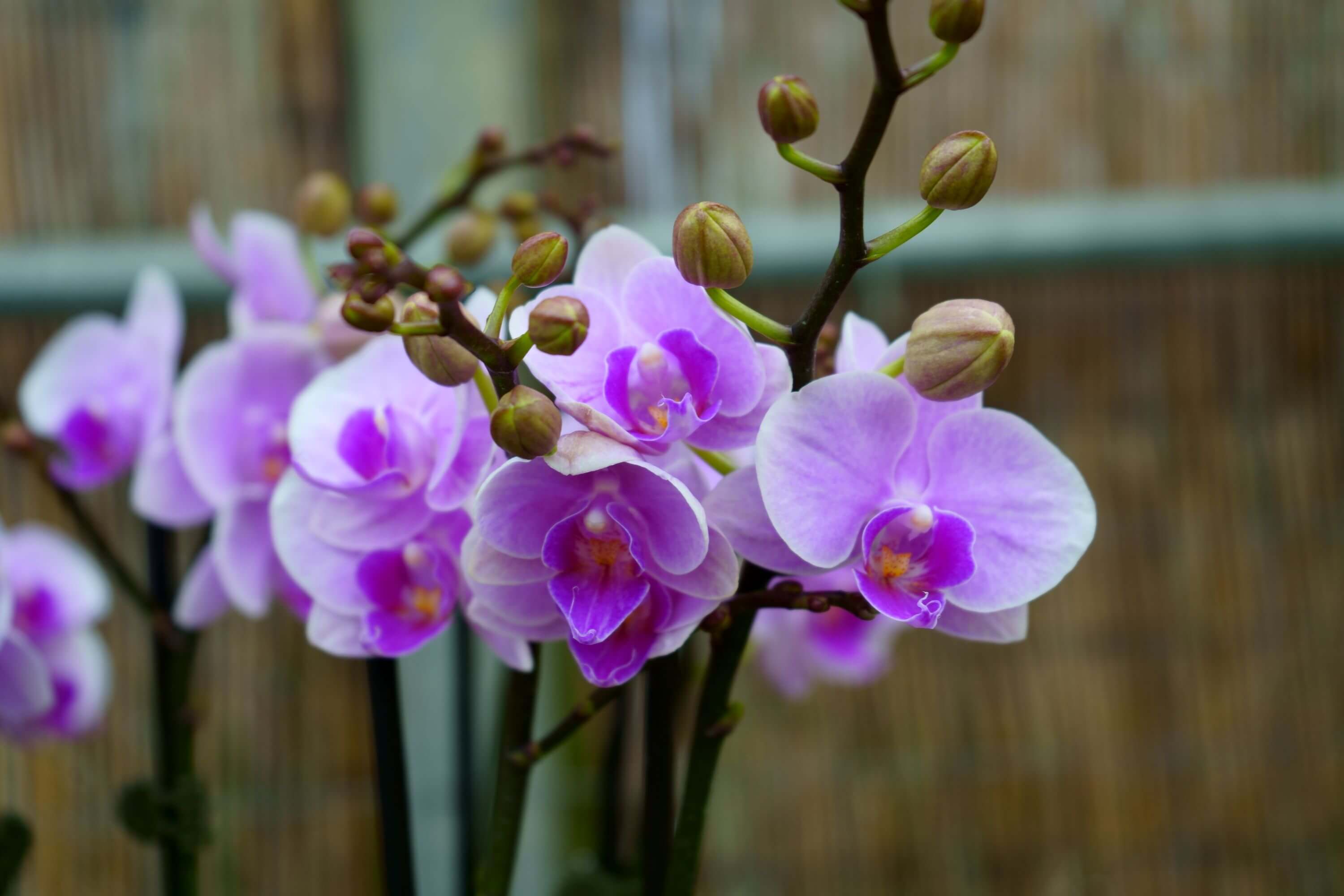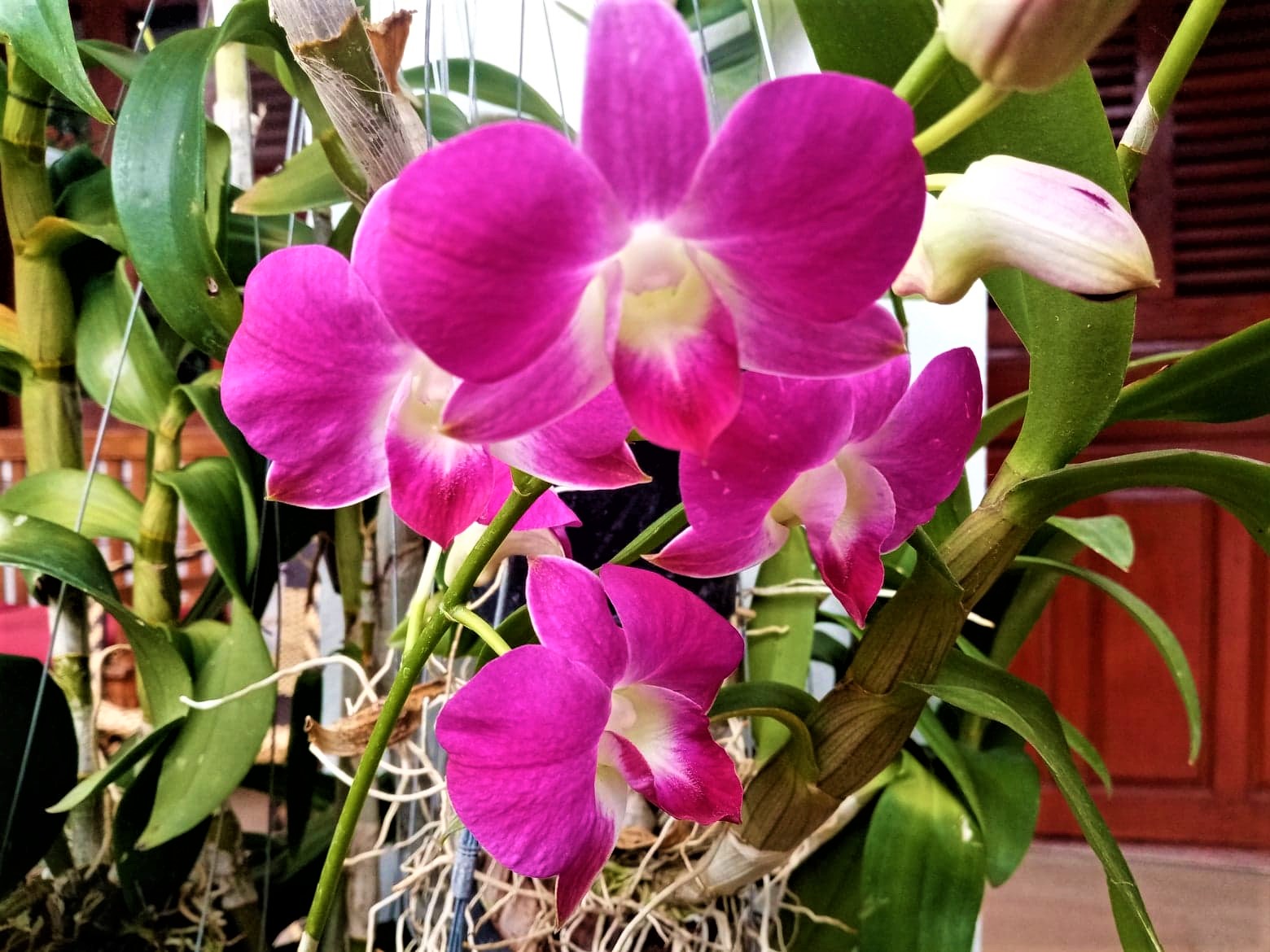- Home
- Orchid Watering Basics
- Water Culture
Growing Orchids In Water
Growing orchids in water (water culture) is an advanced technique best suited for experienced growers. While there are several methods—full water culture, semi-water culture, and semi-hydroponics—this guide focuses on full water culture, where roots maintain constant contact with water.
- Experienced orchid growers
- Frequent travelers
- Tech-savvy plant parents
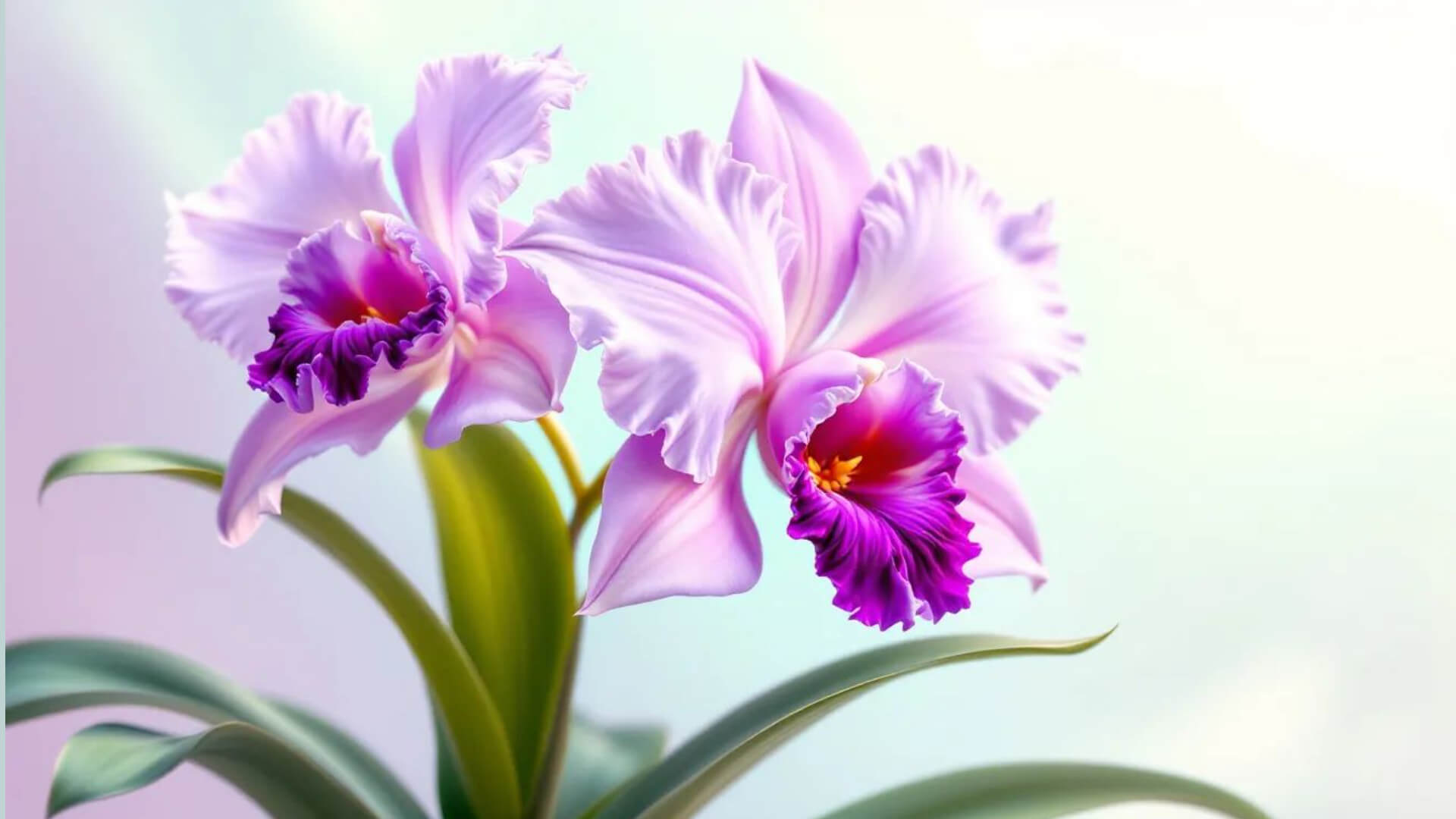
We are an Affiliate! We hope you find this information useful. Just so you know, we may collect a share of sales or other compensation from the links on this page. Thank you if you use our links, we really appreciate it.
Grow Thriving Orchids! Sign Up for Exclusive Care Tips & Tricks!
Orchid Water Culture: Who It’s Perfect For
Some orchids thrive in water culture, while others struggle to adapt. According to the American Orchid Society, Phalaenopsis (especially mini varieties), Vandas, and Antelope-type Dendrobiums are most suitable due to their moisture-tolerant roots. Conversely, drought-loving varieties like Cattleyas and Oncidiums often fail in water culture due to their need for dry periods.
Success depends on:
- Species: Epiphytic orchids with thick roots (like those listed above) adapt best.
- Environment: Warm climates (75–85°F) support faster root adjustment.
- Supplement natural light with full-spectrum grow lights to maintain ideal conditions year-round, especially in cooler climates.
- Plant Health: Only transition orchids with vigorous, disease-free roots.
- Transition Method: Gradually introduce water over 2–3 weeks to prevent shock.
Pro Tip: For Vandas, use a deep glass vase such as this one or this even deeper glass vase to support their long roots while maintaining airflow—the key to preventing rot.
Like your water-cultured orchids, this artisan waterfall transforms water into living art. Its self-contained system and humidity benefits make it the perfect companion for displaying moisture-loving Vandas and Phalaenopsis
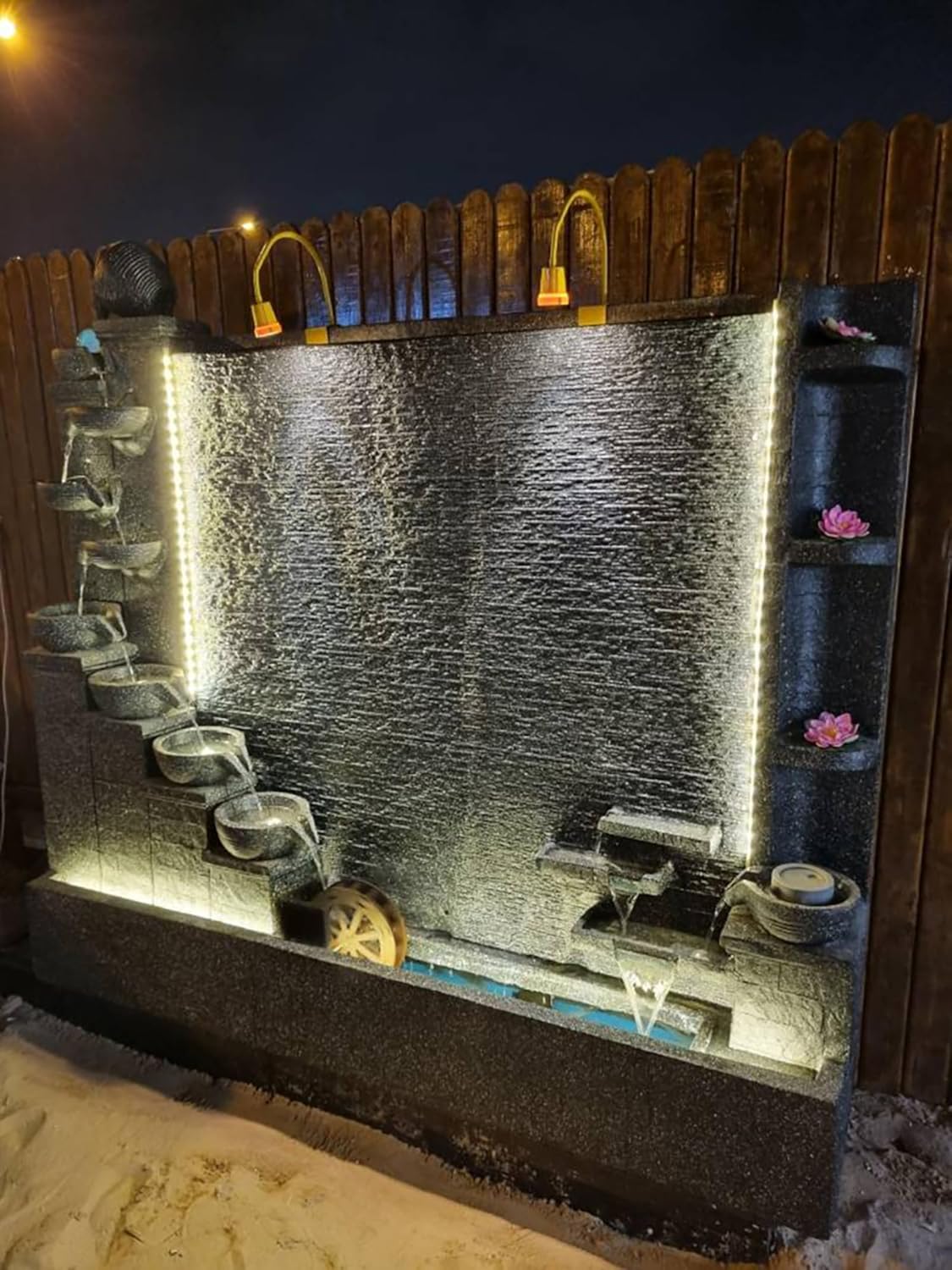
- Durable cement construction for all-weather indoor/outdoor use
- Built-in rain and UV protection prevents fading
- Modern tiered bowl design for calming water flow
- Maintains 60-70% humidity – ideal for orchids
- Integrated LED lighting enhances nighttime ambiance
- Water sounds promote orchid relaxation (studies show plants respond to vibration)
- Vertical garden feature holds air plants or mounted orchids
- Versatile placement for home, garden, patio, or office
- Easy to assemble and low-maintenance design
Choosing the Right Container
Select a container that gently supports your orchid without stressing any part of the plant. The diameter should allow the base leaves to bear the plant's weight naturally, while the depth must provide ample room for roots to stretch out without crowding or forced curling. The following table is a helpful guide. For most orchids, a 4-6" opening works well, but always prioritize your plant's specific structure over rigid measurements.
| Orchid Type | Mouth Opening | Ideal Depth | Shape | Purpose |
|---|---|---|---|---|
| Mini Phalaenopsis | 4-5" | 5-7" | Wide bowl/globe | Prevents drowning small roots |
| Standard Phalaenopsis | 5-6" | 7-9" | Cylinder | Supports leaf span + root spread |
| Vandas | 5-6" | Variable* | Tall cylinder/bottle | Aerial root accommodation |
*Vanda depth determined by longest root + 2-3" buffer
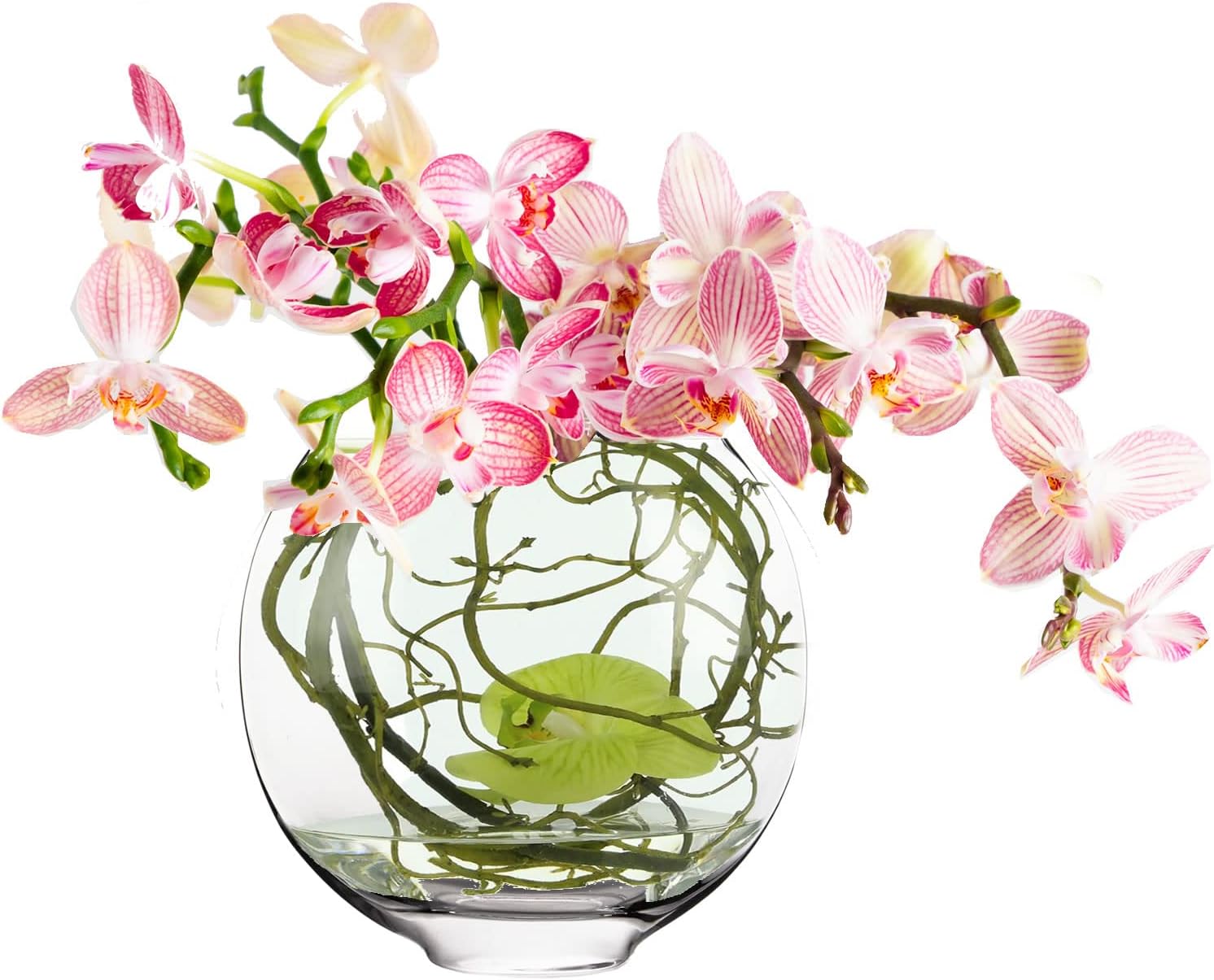
- Hand-blown crystal-clear glass
- Stable base, won’t tip
- Moon-shaped for unique elegance
- Perfect orchid water culture vessel
- Doubles as chic terrarium
Why Use Water Culture?
If you have a busy schedule or travel frequently, full water culture offers:
- Low-maintenance care (less frequent watering)
- Fewer pests (no organic media for bugs to hide in)
- Stunning displays (visible roots in glass containers)
| Method | Water Contact | Best Orchid Types | Risk Level |
|---|---|---|---|
| Full Water Culture | Constant immersion | Phalaenopsis (especially mini) | Medium |
| Semi-Water Culture | Intermittent soaking | Vandas, Dendrobium hybrids | Low |
| Semi-Hydroponic | Wick-fed (LECA) | Most epiphytic orchids | Low |
Pure water is the foundation of successful water culture. While any clean water works, a reverse osmosis system removes dissolved minerals that can accumulate on orchid roots over time—especially important for long-term full water culture.
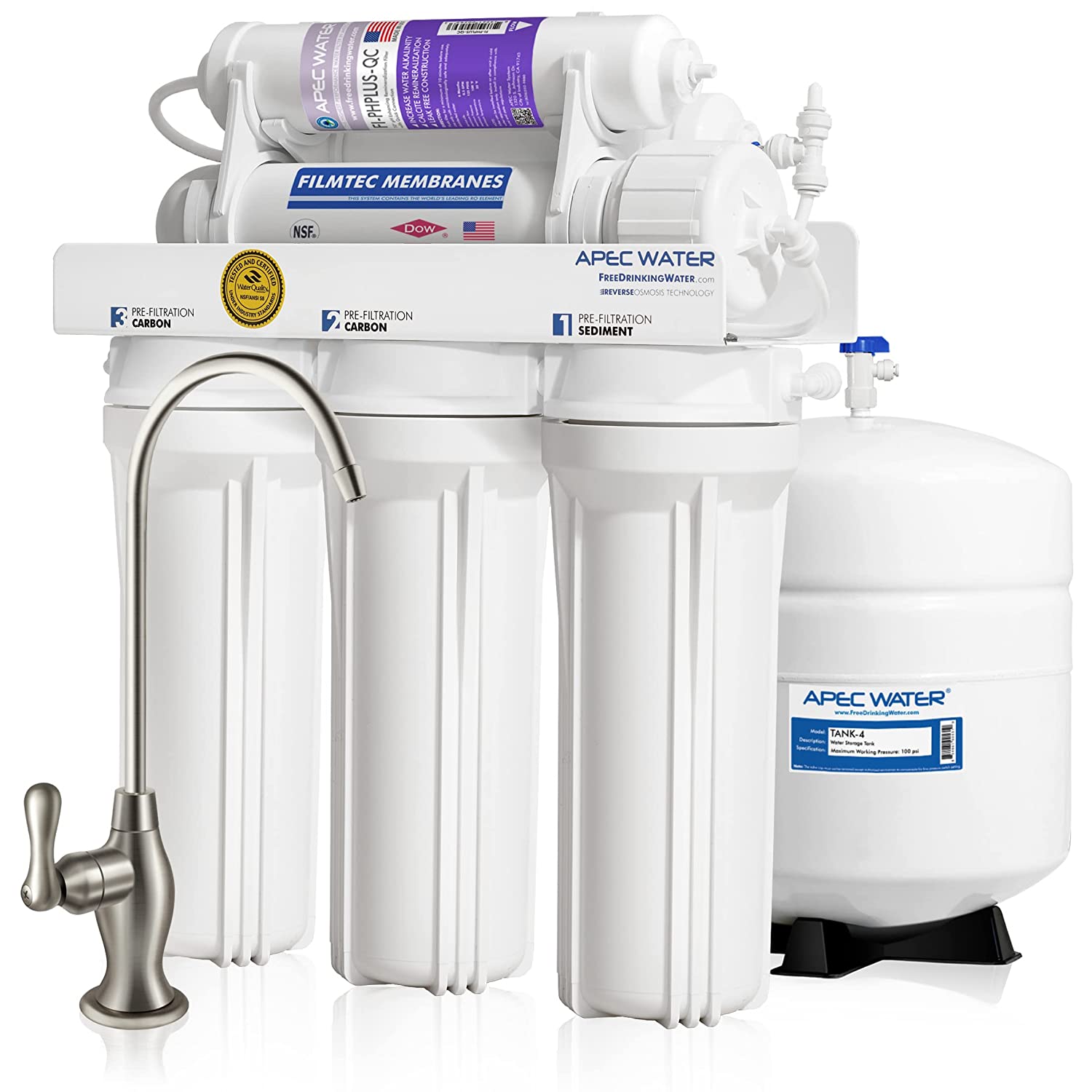
APEC Water Systems Top Tier Supreme Certified Alkaline Mineral pH+ High Flow 90 GPD 6-Stage Ultra Safe Reverse Osmosis Drinking Water Filter System (Ultimate RO-PH90)
Is Water Culture Right For You?
For our purposes on this page, we’re discussing full water culture exclusively. Start with one hardy Phalaenopsis to learn the process before experimenting further. For full water culture, we recommend clear glass vases with wide bases to monitor roots easily
While research confirms water culture works, your results depend on these key factors. Assess your setup:
Best For:
- Growers with Phalaenopsis/Vandas (AOS-approved)
- Homes with steady warmth (70–85°F)
- Those needing low-maintenance care
⚠️ Think Twice If:
- You own Cattleyas/Oncidiums (drought-lovers)
- Your space runs cool/dry (<70°F or <40% humidity)
- You’re a beginner (try semi-hydro first)
Pro Tip: Start with a mini-Phalaenopsis—the most forgiving water culture candidate.
For those proceeding with water culture, decorative glass pebbles add stability and style. Their weight anchors roots while complementing your orchid’s natural beauty
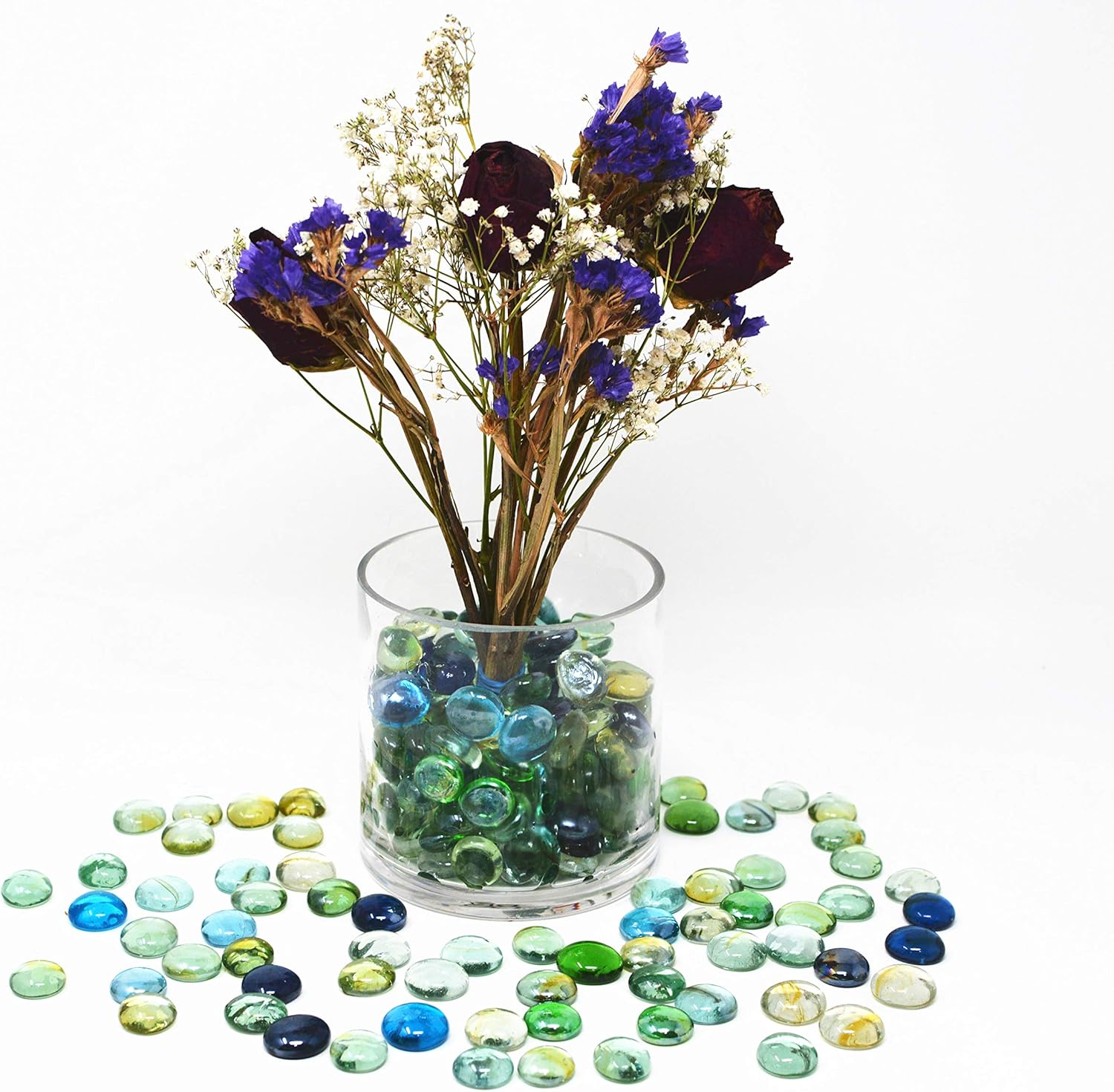
- Color Glass Gems
- Mixed Colors
- Algae-resistant surfaces
- Light-reflecting beauty
- Easy to sanitize
- Iridescent light effects
- Weighted for stability
Transitioning To Water Culture
If this is your first attempt at growing orchids in water, follow these key steps carefully:
1. Root Preparation
- Cleaning: Remove all potting medium, gently rinsing roots. Some debris may remain initially but aim for completely bare roots within 2-3 weeks.
- Pruning: Trim dead/diseased roots (brittle, blackened) with sterilized scissors. Healthy roots are plump and silvery-green.
- Disinfection: Soak roots in 3% hydrogen peroxide for 5 minutes to reduce infection risk (optional but recommended).
2. Healing & Acclimation
- Let roots air-dry for 24-48 hours to form protective calluses. Epiphytic orchids like Phalaenopsis and Vandas are well adapted to brief dry periods.
- If you skip this step, you may inadvertently cause harm to your orchid, and it may not survive the transition.
Orchid Growing Tip: One interesting tip for caring for orchids is to use cinnamon as a natural fungicide. Dusting a small amount of cinnamon powder onto the orchid's roots or the surface of the potting medium can help prevent fungal growth and protect the plant from infections. Cinnamon has antifungal properties that can inhibit the growth of harmful fungi while being gentle on the orchid's delicate root system. This natural remedy can be a helpful addition to an orchid care routine, promoting a healthier environment for the plant.
3. Container Selection & Setup
| Orchid Type | Diameter | Depth | Special Notes |
|---|---|---|---|
| Mini Phalaenopsis | 3-4 inches | 5-6 inches | Prevent leaf crowding |
| Standard Phalaenopsis | 5-7 inches | 8+ inches | Room for long roots |
| Vanda Orchids | 4-6 inches | 12+ inches | Tall vessel preferred |
Key requirements:
- Clear glass for root visibility
- Heavy base for stability
- Wide opening for airflow
4. Water Introduction Protocol
- Week 1: 1" water covering just root tips
- Weeks 2-3: Gradually increase to submerge ⅓ of roots (½ for mini Phals)
- Ongoing: Maintain consistent water level keeping approximately ⅓ of the roots in water/fertilizer solution.
Troubleshooting:
- Drooping leaves? Mist aerial roots 1-2x daily.
- Rotting roots? Reduce water level and add hydrogen peroxide (1 tsp/gal).
As you refine your water culture technique, a stylish accent table like this butterfly mosaic side table provides the perfect stable surface to display your orchids—keeping them at eye level for easy monitoring of water levels and root health
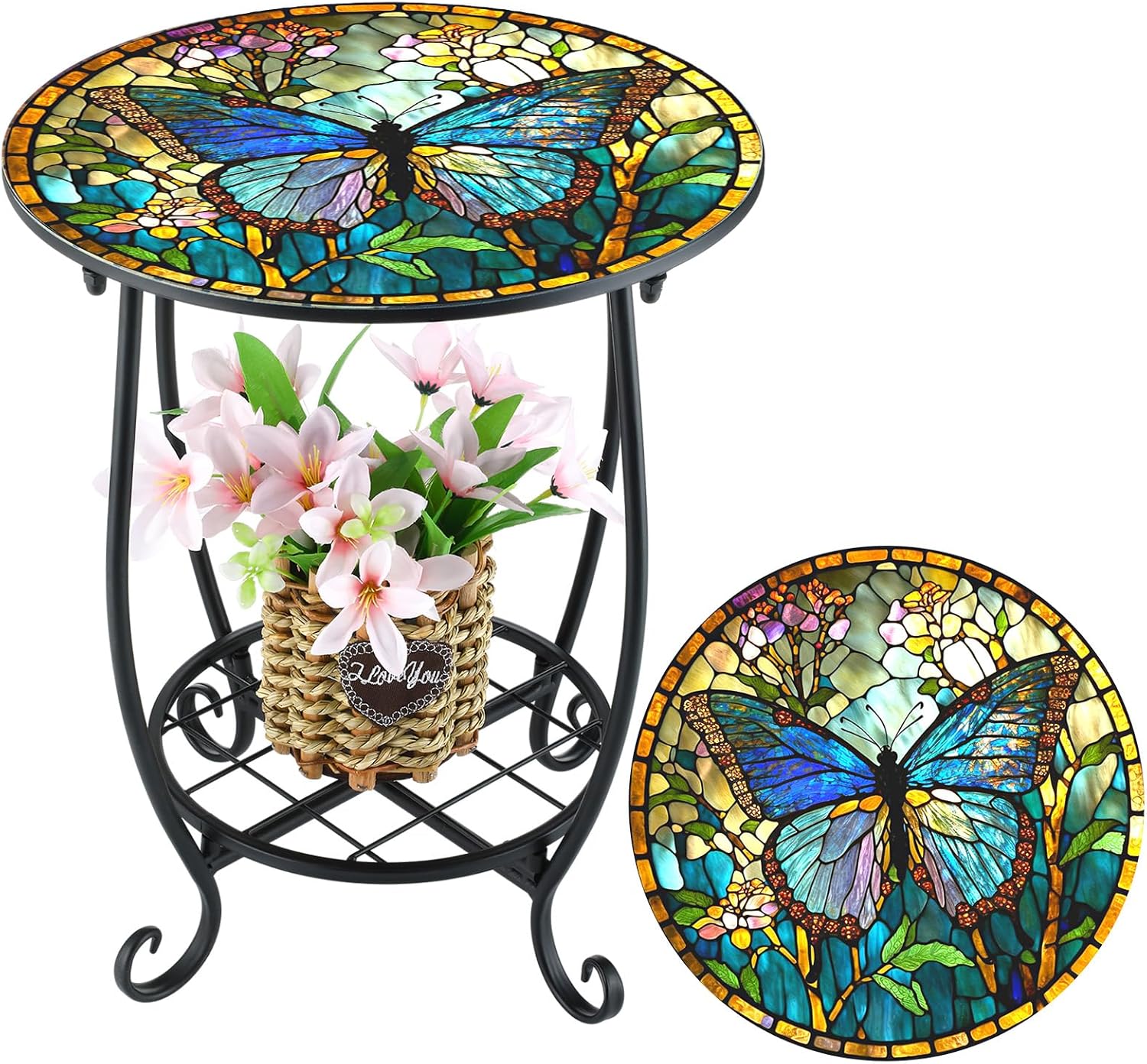
14" Side Table Round Small Mosaic Patio Accent Table Indoor End Table Plant Table Metal Table Coffee Tea Table for Yard Porch Garden Patio Living Room, Bedroom (Butterfly Style)
Pro Tips:
- Transition to growing orchids in water during summer months (70-85°F) for faster adaptation
- Use rainwater/distilled water to prevent mineral buildup. For consistently pure water, consider a countertop reverse osmosis system – it removes minerals that can accumulate on orchid roots.
- Budget option: Repurpose tall glass food jars (sterilize first).
- For a stylish upgrade, this vintage glass vase combine function with designer aesthetics to complement your home decor.
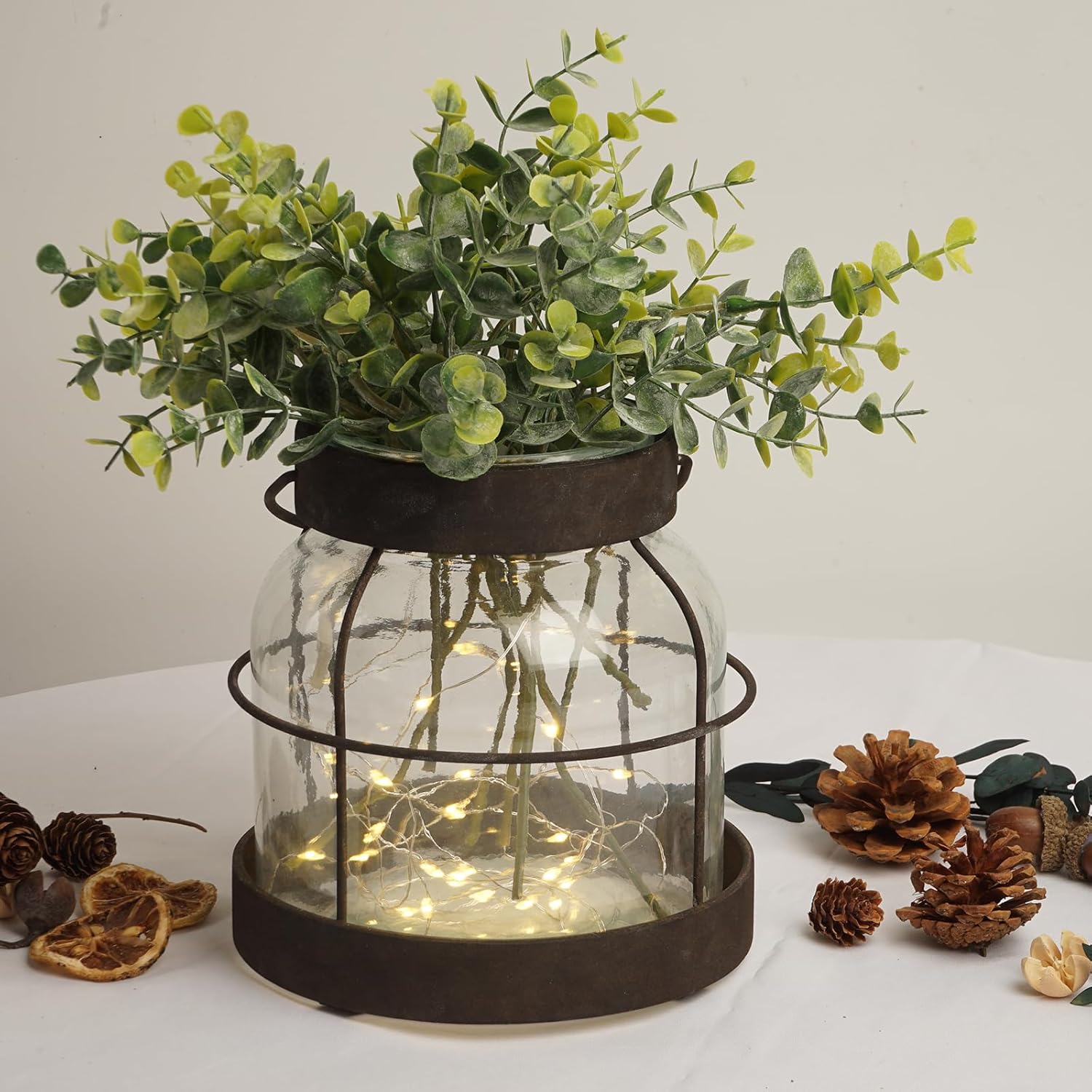
- Vintage Glass
- Vase,
- Modern Farmhouse Decor,
- Rustic Vase for Living Room,
- Decorative Clear Vase for Flowers
- Centerpieces...
Growing Orchids in Water: Ongoing Care Guide
When transitioning orchids to water culture:
Water Level Management
- Initial Setup: Submerge only the root tips (≈1" of water)
- Progressive Adjustment: Over 2-3 weeks, increase to: Standard Phalaenopsis: ⅓ of roots submerged. Mini Phals: Up to ½ of roots submerged
Critical Observation Period:
Monitor your orchid closely during the first few weeks. If leaves droop, mist aerial roots 1–2x daily until the plant adjusts. Check roots regularly for darkening or rot—some orchids thrive in water culture immediately, while others resist. This is why experience matters: seasoned growers can quickly discern whether their orchid loves or hates the transition.
Key Signs to Watch:
- Thirsty plants: Mist aerial roots 1-2x daily if leaves droop
- Rotting roots: Reduce water level + add hydrogen peroxide (1 tsp/gal)
Pro Tip:
Transition during warmer months (70–85°F) when orchids adapt faster to hydration changes.
While misting helps during transitions, maintaining ideal humidity (60-80%) is key for aerial root health—especially in dry climates. A high-quality humidifier provides consistent moisture without overwatering.

Monitor your plant closely for the first few days to the first few weeks and observe how it is doing. If the leaves start to droop and look thirsty, give the air exposed roots some light misting daily to twice daily until the plant takes to the transition. Observe the roots and look for darkening or rotting. Some orchids will love the new growing environment and start to thrive, other orchids may not, this is why it is best to try this technique when you have gained some experience with growing orchids and can detect quickly whether your orchid loves or hates it.
Fertilizing in Water Culture
Weekly Routine:
- Water Change: Replace entirely with fresh water
- Fertilizer Dilution: Use ¼-strength urea-free orchid fertilizer (e.g., ¾ tsp/gal if monthly recommended dose is 1 tbsp/gal)
- Special Boost: Substitute with kelp solution once a month to encourage blooming prior to flowering season.
Why It Works:
- Prevents salt/mineral buildup
- Mimics natural nutrient availability
Many orchid growers swear by the MSU formula developed at Michigan State University.
- Tailored for Orchids Specifically formulated by Michigan State University
- Pure Water Compatibility
- Balanced Nutrient Profile
- Urea-Free Formula
- Versatile and Easy to Use
Fertilizing With Kelp
Orchids seem to love kelp. In some cases, if you have been having a difficult time with getting an orchid to rebloom, fertilizing occasionally with Kelp may induce the production of a flower spike and bloom. For best results when growing orchids in water, use premium kelp fertilizer monthly alongside your regular feeding routine. This not only boosts blooms but also keeps roots healthy for stunning glass-display worthy plants.. If you would like to learn more about growing orchids in water culture, Danielle's Orchid Ranch station on YouTube has an extensive set of tutorials that are very helpful and a great resource on this topic. Orchids thrive with kelp’s natural benefits.

- Boosts Blooming with Natural Cytokinins
- Enhances Root Health and Growth
- Packed with Essential Nutrients
- Eco-Friendly and Sustainable
Merging Science with Art
Growing orchids in water merges science with art—yielding elegant, low-maintenance plants that double as living decor. By selecting the right containers like these crystal vases for mini-Phalaenopsis, optimizing water quality with reverse osmosis systems, and leveraging natural kelp-based fertilizers, you’ll cultivate a thriving ecosystem that elevates any space. For more inspiration on blending nature with design, explore this Home Decor Guide. May your home flourish with the serenity of blooming orchids!

- DREAMHOME: YOUR GUIDE TO A PERFECT HOME
- Discover the secrets of interior decorators!
- Decorate your home like the pros!
- Guide to interior design principles.
- Stylish home decoration ideas.
We hope you found this information useful and if you like Heavenly Orchids, please join our mailing list for monthly updates.
